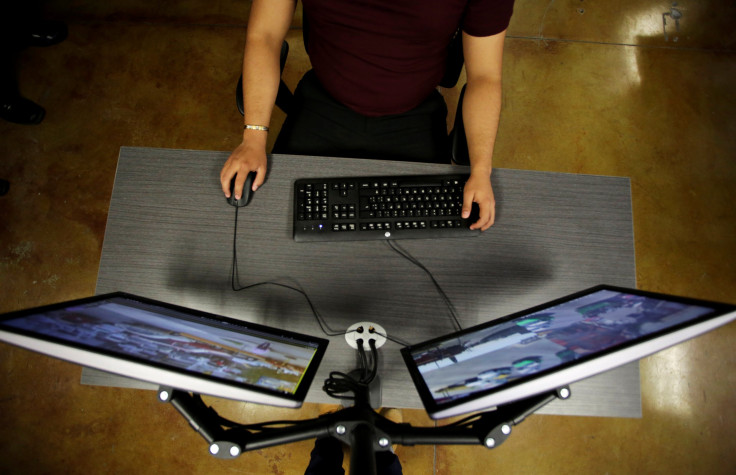World’s Smallest Computer Invented By Michigan University

The world's smallest computer, completely dwarfed by a grain of rice, was invented by researchers at the University of Michigan.
The device that measures just 0.3 mm will lose all the data and programming when switched off, unlike other desktop computers.
“We are not sure if they should be called computers or not. It’s more of a matter of opinion whether they have the minimum functionality required,” David Blaauw, a professor of electrical and computer engineering said in a press release.
The world's smallest computer is unbelievably small! Measuring just 0.3 mm and completely dwarfed by a grain of rice, the computer was developed by researchers from the #UniversityOfMichigan. @U_of_michigan https://t.co/426tn835Dt
— Tech2 (@tech2eets) June 23, 2018
Blaauw invented the system along with Dennis Sylvester, also a professor of electronics and communication engineering at the university, and Jamie Phillips, an Arthur F. Thurnau professor.
The Michigan Micro Mote has processors and wireless transmitters and receives and transmit data with visible light.
The press release stated base station provides light for power and programming, and it receives the data.
“We basically had to invent new ways of approaching circuit design that would be equally low power but could also tolerate light,” Blaauw said.
The device converts temperatures into time intervals and can report them in minuscule regions — such as a cluster of cells — with an error of about 0.1 degrees Celsius, the statement said.
“We are using this temperature sensor to investigate variations in temperature within a tumor versus normal tissue and if we can use changes in temperature to determine success or failure of therapy,” Luker said.
“When we first made our millimeter system, we actually didn’t know exactly all the things it would be useful for. But once we published it, we started receiving dozens and dozens and dozens of inquiries,” Blaauw said.
The statement also revealed the applications of the device including pressure sensing inside the eye for glaucoma diagnosis, cancer studies, oil reservoir monitoring, biochemical process monitoring, audio and visual surveillance and tiny snail studies.
The device was invented in collaboration with Mie Fujitsu Semiconductor Ltd. Japan and Fujitsu Electronics America Inc and was presented at the 2018 Symposia on VLSI Technology and Circuits on June 21.
With this invention, the university has regained its title of making the world’s smallest computer from IBM who put together one measuring 1mm in March. The IBM computer, measuring smaller than a grain of fancy salt, costs less than ten cents to manufacture.
The IBM device has SRAM memory, a photo-voltaic cell for power, a processor with several hundred thousand transistors and a communications unit, the Verge reported. The company said the device is a type of crypto-anchors or digital fingerprints that can be embedded in items in order to verify its contents.
IBM research chief Arvind Krishna said, “These [crypto-anchor] technologies pave the way for new solutions that tackle food safety, authenticity of manufactured components, genetically modified products, identification of counterfeit objects and provenance of luxury goods,” Fortune reported.
© Copyright IBTimes 2025. All rights reserved.




















